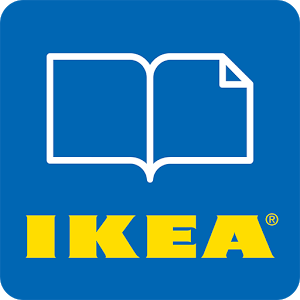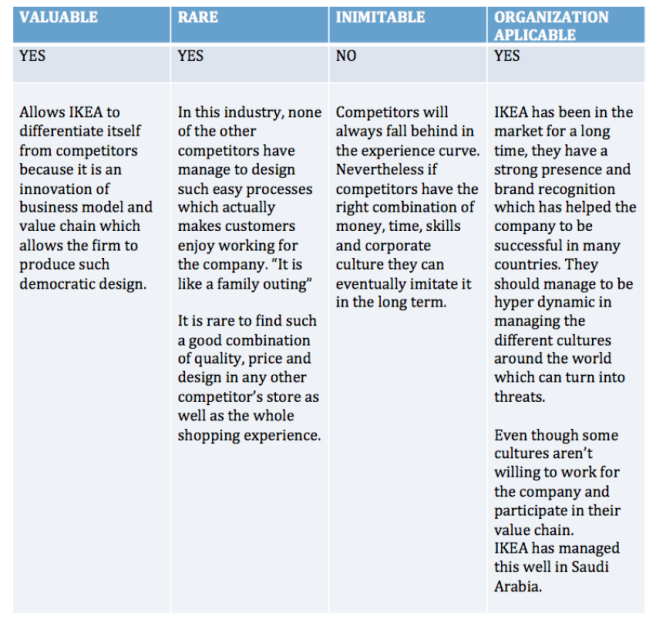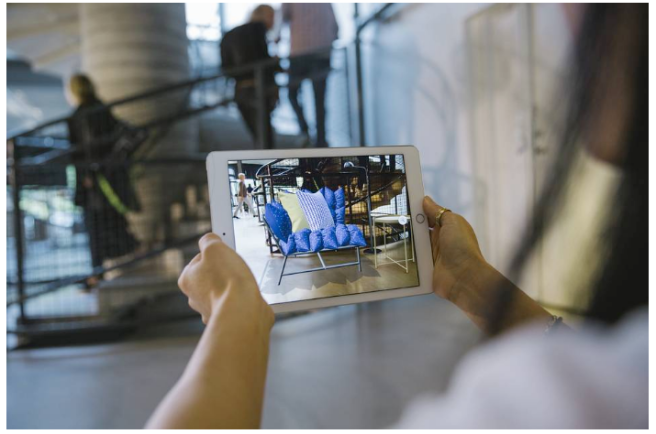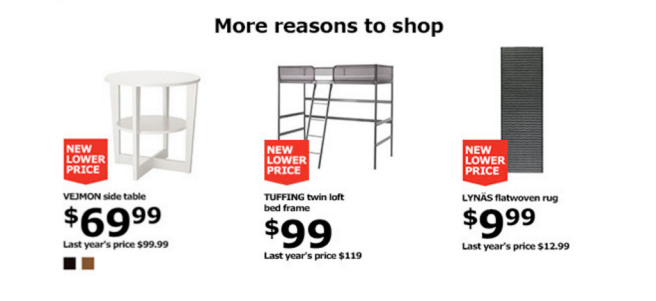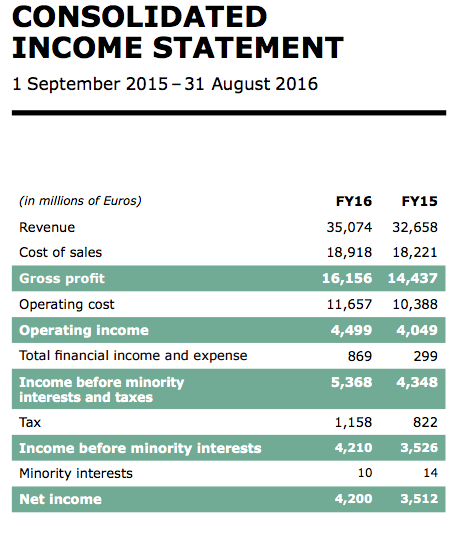Corporate diversification strategies can be categorized into three types: limited diversification strategies, related diversification strategies, and unrelated diversification strategies.
Limited diversification is when a firm stays within one industry and market and most or all of its business activity is focused within a single business or dominant business. Ikea’s main business is home furnishings and it has largely stayed within that industry. Ikea continually encourages diversification through the IKEA Concept. Ikea also has food items that people are very fond of. While Ikea is not in the food industry, they realized that when people visit the massive IKEA stores and spend hours browsing and shopping, they get hungry. So IKEA started offering food for purchase and a spot in the middle of the store where people can order fresh meals. Customer also can purchase a variety of packaged food items.
IKEA also teamed up with DreamWorks back in late 2015 to introduce a series of animations on youtube to introduce their new collection, LATTJO, in a playful 2D animation.
